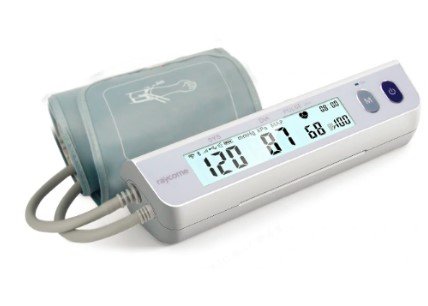Quality Control Checklist for Medical Device Sourcing: Adhering to Regulatory Standards, Testing for Accuracy and Precision, Ensuring Proper Documentation and Training
Summary
- Adhering to regulatory standards
- Testing for accuracy and precision
- Ensuring proper documentation and training
Introduction
Quality Control is a vital component of any medical lab or phlebotomy setting in the United States. Ensuring that medical devices used in these settings meet high standards of quality is essential for accurate and reliable testing results. In order to maintain Quality Control in medical device sourcing, a comprehensive checklist must be followed to ensure that all necessary criteria are met.
Regulatory Compliance
One of the most important criteria in a Quality Control checklist for medical device sourcing is regulatory compliance. Medical labs and phlebotomy settings must adhere to strict Regulations set forth by government agencies such as the Food and Drug Administration (FDA) to ensure the safety and efficacy of medical devices. Some key aspects of regulatory compliance include:
- Ensuring that all devices are FDA approved
- Verifying that devices meet all applicable regulatory standards
- Keeping up to date with any changes in Regulations and standards
Accuracy and Precision
Another critical criterion in a Quality Control checklist for medical device sourcing is testing for accuracy and precision. Medical devices used in labs and phlebotomy settings must provide reliable and consistent results to ensure accurate diagnoses and treatment plans. Key considerations for accuracy and precision testing include:
- Conducting regular calibration checks on devices
- Performing verification and validation studies to ensure accuracy
- Monitoring the performance of devices over time
Documentation and Training
Proper documentation and training are also essential aspects of a Quality Control checklist for medical device sourcing. All devices used in medical labs and phlebotomy settings should be properly documented, including information on maintenance, usage, and troubleshooting. In addition, staff members should receive thorough training on how to use and maintain devices. Key considerations for documentation and training include:
- Keeping detailed records of device maintenance and usage
- Providing comprehensive training for staff members on device operation
- Ensuring that all staff members are up to date on proper procedures and protocols
Conclusion
In conclusion, maintaining a high level of Quality Control in medical device sourcing is crucial for the success of medical labs and phlebotomy settings in the United States. By following a comprehensive checklist that includes criteria such as regulatory compliance, accuracy and precision testing, and proper documentation and training, these settings can ensure that the devices they use meet high standards of quality and reliability.

Disclaimer: The content provided on this blog is for informational purposes only, reflecting the personal opinions and insights of the author(s) on the topics. The information provided should not be used for diagnosing or treating a health problem or disease, and those seeking personal medical advice should consult with a licensed physician. Always seek the advice of your doctor or other qualified health provider regarding a medical condition. Never disregard professional medical advice or delay in seeking it because of something you have read on this website. If you think you may have a medical emergency, call 911 or go to the nearest emergency room immediately. No physician-patient relationship is created by this web site or its use. No contributors to this web site make any representations, express or implied, with respect to the information provided herein or to its use. While we strive to share accurate and up-to-date information, we cannot guarantee the completeness, reliability, or accuracy of the content. The blog may also include links to external websites and resources for the convenience of our readers. Please note that linking to other sites does not imply endorsement of their content, practices, or services by us. Readers should use their discretion and judgment while exploring any external links and resources mentioned on this blog.
